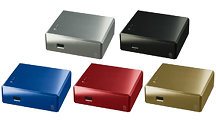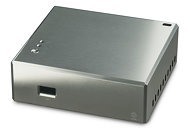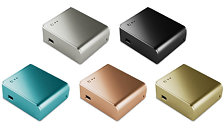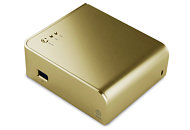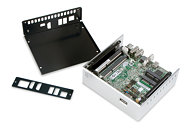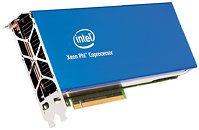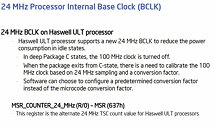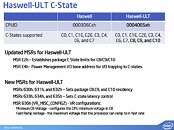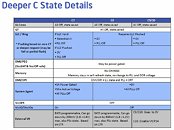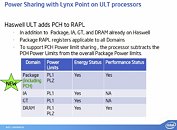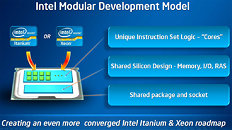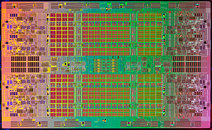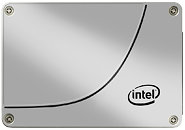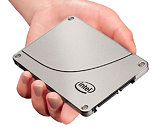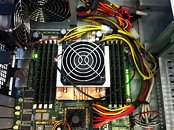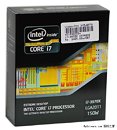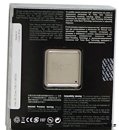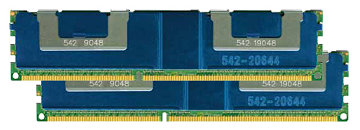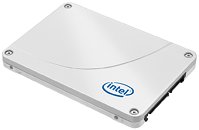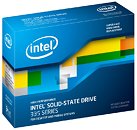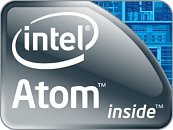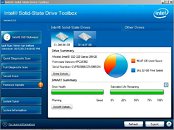
Intel Next-Gen Infrastructure Platform to Offer Communications Workload Consolidation
Intel Corporation recently announced its latest communications platform, previously code named "Crystal Forest," will help service providers and telecom equipment manufacturers (TEMs) encrypt and process data across the network more efficiently. The platform will also offer superior communications workload consolidation via a single architecture for greater cost efficiency.
The platform will particularly benefit TEMs that are developing low-end products (such as wireless access and branch routers), as well as high-end equipment (for example LTE core network elements and enterprise security appliances).
The platform will particularly benefit TEMs that are developing low-end products (such as wireless access and branch routers), as well as high-end equipment (for example LTE core network elements and enterprise security appliances).
